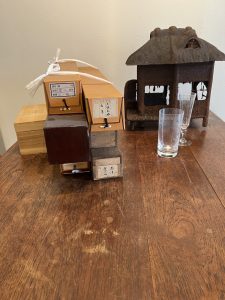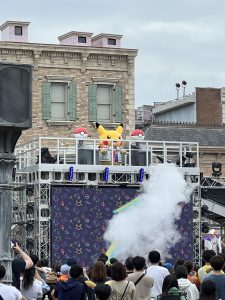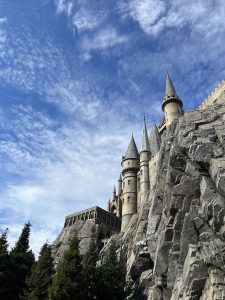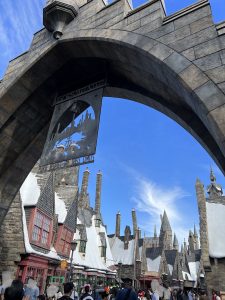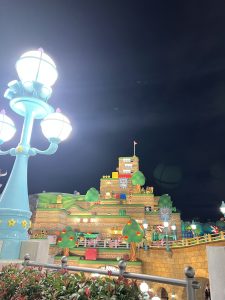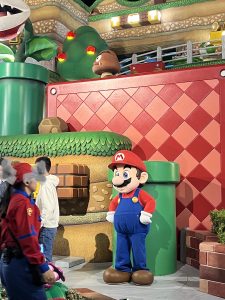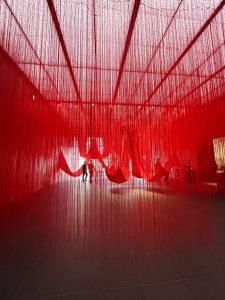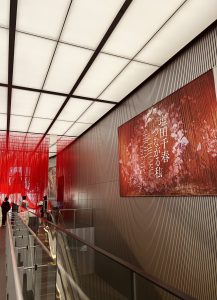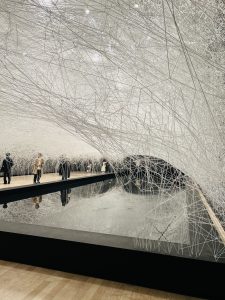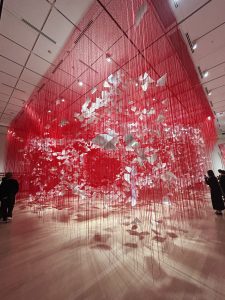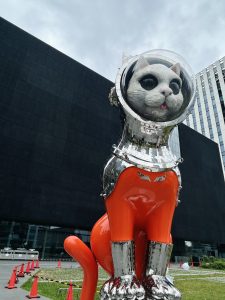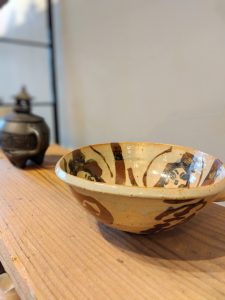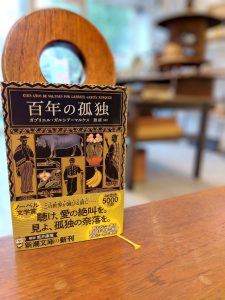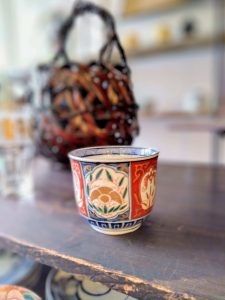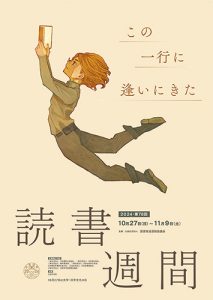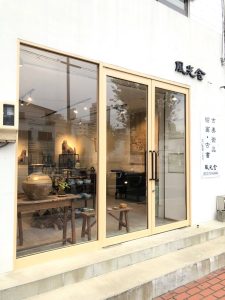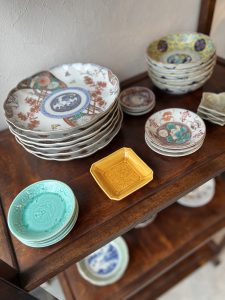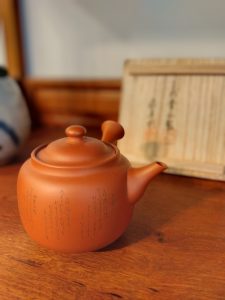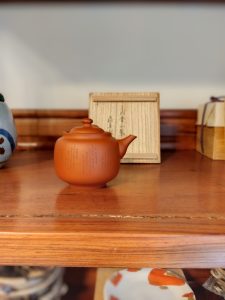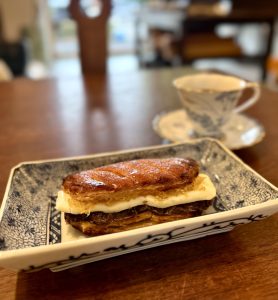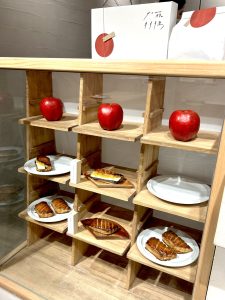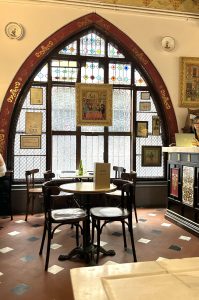みなさまこんにちは、スタッフYでございます。
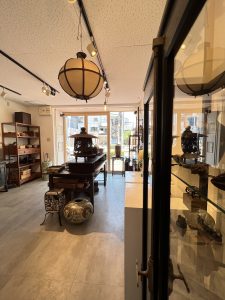
秋にしては少し暖かなのですが、いよいよ秋本番。先日のスタッフHのブログではないですが、お祭りの秋、食欲の秋などなど、こんなにアクティブに活動できる時期は他にはないですよね。花粉症の方によると、花粉も飛ばないし、快適に出かけられるのは10月から11月だけだ。などと、呟いておりましたので、この時期はおおいに楽しみたいものです。
さてさて、この秋のお出かけの一助になればと思うような、とある記事が先日、目に留まりました。
美術館で本物の美術を鑑賞すると、脳が10倍刺激されるという研究結果がでたそうです。本物を鑑賞した時の感動や刺激はなんとなくわかるのですが、今回はその根拠を科学的にそして数値でもあらわれた研究結果のようです。
今回その発表をしたのは、オランダのマウリッツハイス美術館。こちらの美術館は、レンブラントやフェルメール、ステーンなどの作品を多数所蔵している美術館であります。かの有名なフェルメールの「真珠の耳飾りの少女」「デルフトの眺望」「ディアナとニンフたち」なども所蔵しており、これらの名画から絵画の魅力を脳科学的に分析した実験結果が今回発表されました。
実験の方法は、被検者が画像を見るEEGヘッドセットとアイトラッカーを装着し、環境条件(場所)や絵画の本物偽物などの条件をそれぞれ変え、数枚鑑賞するという実験であります。
研究は2段階で実施し、第1段階では、20人の参加者が脳波測定(EEG)ヘッドセットとアイトラッカーを装着してマウリッツハイス美術館の特定のルートを巡回し、5つの実物の絵画を鑑賞。その後、同じ10人の参加者が美術館の図書館で3つの絵画の複製を鑑賞します。
第2段階では、アムステルダム大学で20人の参加者にMRI装置で脳活動を調べる「fMRI」を実施し、5つの絵画の複製を見せます。結果によれば、美術館で実物の絵画を見ることと、同じ絵画の複製を見ることでは、脳の活性化パターンが異なることが判明。
それらの結果によれば、美術館で実物の絵画を見ることと、同じ絵画の複製を見ることでは、脳の活性化パターンが異なることが判明し、美術館で実物の絵画と対面した際の鑑賞者の感情的反応は、複製を見た場合の10倍も強いということでした。
じゃあ、複製を知らずに美術館で鑑賞したらどうなのか、本物を違う場所で鑑賞したらどうなのか、などなど次なる疑問は湧いてきますが、そこら辺の疑問は一旦置いておいて。とにかく本物を美術館で鑑賞することがどうやら一番脳に刺激を受けるようであります。
さらに「真珠の耳飾りの少女」は、他の絵画とは異なり、特殊な視線誘導「Sustained attentional loop」(持続的な注意のループ)によって鑑賞者の視線を捉え続けるということも科学的に判明されました。
鑑賞者の視線は、まず少女の目と口に向けられ、その後視線は真珠へと移動し、再び目と口に戻り、また真珠に戻るというパターンを繰り返すようでして、この循環的な視線の動きが他の絵画よりも長時間にわたって注目させる要因となっているとのことです。これにより、「真珠の耳飾りの少女」に魅入られたかのように目が離せない状態ができあがっていたというわけで、研究者はフェルメールが「持続的注意ループを仕掛けた」と表現しております。
さらに驚くべき発見は、「真珠の耳飾りの少女」を見る人の脳では、楔前部(けつぜんぶ)と呼ばれる部位が最も強く活性化することが明らかになったそうです。楔前部は自己認識、自己内省、個人的な記憶に関与する脳の領域なのですが、つまり「真珠の耳飾りの少女」を見ることで、鑑賞者は無意識のうちに自己と向き合い、個人的な経験を想起している可能性があるとのことで、こちらもフェルメールが仕掛けたことだとしたら、なかなかの策士ではないか。
そんなことを色々考えていますと、フランダースの犬のあの涙の最終回シーンを思い出したのですが、アントワープ大聖堂のルーベンスの名画が風でめくれ、絵を見たネロが感動と共にパトラッシュと身を寄せ合いながら最期を迎えるあのシーンです。
当時はそのような名画はおいそれと庶民が観ることなど叶わなかったでしょうから、本物の名画を観たネロの脳内の刺激はいかほどだったのか。それらを感動と表現するのでしょうが、いかん、また最後の伝説のシーンを思い出して涙が出そうになるので、ここまでと致しますが。
おさらいをしますと、「美術館で本物を鑑賞する」というシチュエーションが、脳内刺激を高めるということですから、この秋、皆様も実際に美術館へ赴き本物を鑑賞し、脳内を10倍刺激されてみてはいかがでしょうか。
それではごきげんよう。
Hello everyone, this is Staff Y.
It is a little warm for fall, but now autumn is in full swing. It is not the blog of Staff H the other day, but there is no other time of the year when we can be so active: autumn of festivals, autumn of appetite, etc., isn’t it? According to hay fever sufferers, pollen doesn’t fly, and the only time we can go out comfortably is from October to November. I hope to enjoy this season to the fullest.
The other day, an article caught my eye. A study showed that viewing real art at a museum stimulates the brain 10 times more. I know how it feels to be moved and stimulated when you see real art, but this time, the research results seem to show the evidence scientifically and numerically.
The Mauritshuis Museum in the Netherlands made the announcement this time. This museum has a large collection of works by Rembrandt, Vermeer, Steen, and others. The museum also owns Vermeer’s famous “Girl with a Pearl Earring,” “The View of Delft,” and “Diana and the Nymphs,” and the results of an experiment that analyzed the appeal of these masterpieces from a brain-science perspective were presented in this report.
In the experiment, subjects wore an EEG headset and eye tracker to view images, and viewed several paintings under different environmental conditions (location) and authentic or fake paintings.
The study was conducted in two phases. In the first phase, 20 participants wearing an EEG headset and eye tracker toured a specific route in the Mauritshuis Museum and viewed five real paintings. The same 10 participants then view three reproductions of the paintings in the museum’s library.
In the second phase, 20 participants at the University of Amsterdam will undergo “fMRI,” a brain activity study using an MRI machine, and will be shown reproductions of the five paintings. The results show that viewing the actual paintings in the museum and viewing the reproductions of the same paintings show different patterns of brain activation.
According to the results, the brain activation patterns were found to be different between viewing an actual painting in a museum and viewing a reproduction of the same painting, with the viewer’s emotional response when confronted with the actual painting in a museum being 10 times stronger than when viewing the reproduction.
Furthermore, “Girl with a Pearl Earring,” unlike the other paintings, was found to capture the viewer’s gaze through a special “sustained attentional loop” that guides the viewer’s gaze.
The viewer’s gaze is directed first to the eyes and mouth of the girl, then to the pearls, back to the eyes and mouth, and then back to the pearls again, and this cyclical movement of gaze is what makes the viewer pay attention for a longer period of time than in other paintings. This is what the researcher describes as Vermeer “setting up a continuous attentional loop.
An even more surprising finding was that the anterior cuneus was most strongly activated in the brains of those who viewed “Girl with a Pearl Earring. The precuneus is a region of the brain involved in self-awareness, self-reflection, and personal memory, which means that by viewing “Girl with a Pearl Earring,” viewers may be subconsciously confronting themselves and recalling personal experiences. If this is also a trick by Vermeer, he is quite a schemer….
Thinking about this reminded me of the tearful final scene of “A Dog of Flanders,” where the wind blows over the Rubens’ masterpiece in Antwerp Cathedral, and Nero is moved by the sight of the painting as he and Patrasche huddle together to meet their final moments.
At that time, it would have been impossible for ordinary people to see such a masterpiece, so I wonder how much Nero’s brain was stimulated by seeing a real masterpiece.I suppose one could describe it as a moving experience, but I am about to burst into tears again when I recall the legendary scene at the end of this article.
To recap, the shuation of “seeing the real thing at a museum” enhances brain stimulation, so I would like to actually go to a museum to see the real thing this fall, with the results of this experiment in mind.
I wish you all the best.
*******************
ご実家の整理やお片付けなどをされている方のご相談などが多くございます。
お片付けなどくれぐれもご無理のないようになさってくださいませ。
風光舎では古美術品や骨董品の他にも絵画や宝石、趣味のお品など様々なジャンルのものを買受しております。
お片付けをされていて、こういうものでもいいのかしらと迷われているものでも、どうぞお気軽にご相談下さいませ。
また風光舎は、出張買取も強化しております。ご近所はもちろん、愛知県内、岐阜県、三重県その他の県へも出張いたします。
まずは、お電話お待ちしております。
愛知県名古屋市千種区姫池通
骨董 買取【古美術 風光舎 名古屋店】
TEL052(734)8444
10:00-17:00 OPEN
#出張買取#骨董#古美術#骨董品#絵画#版画#茶道具#刀剣#彫刻
